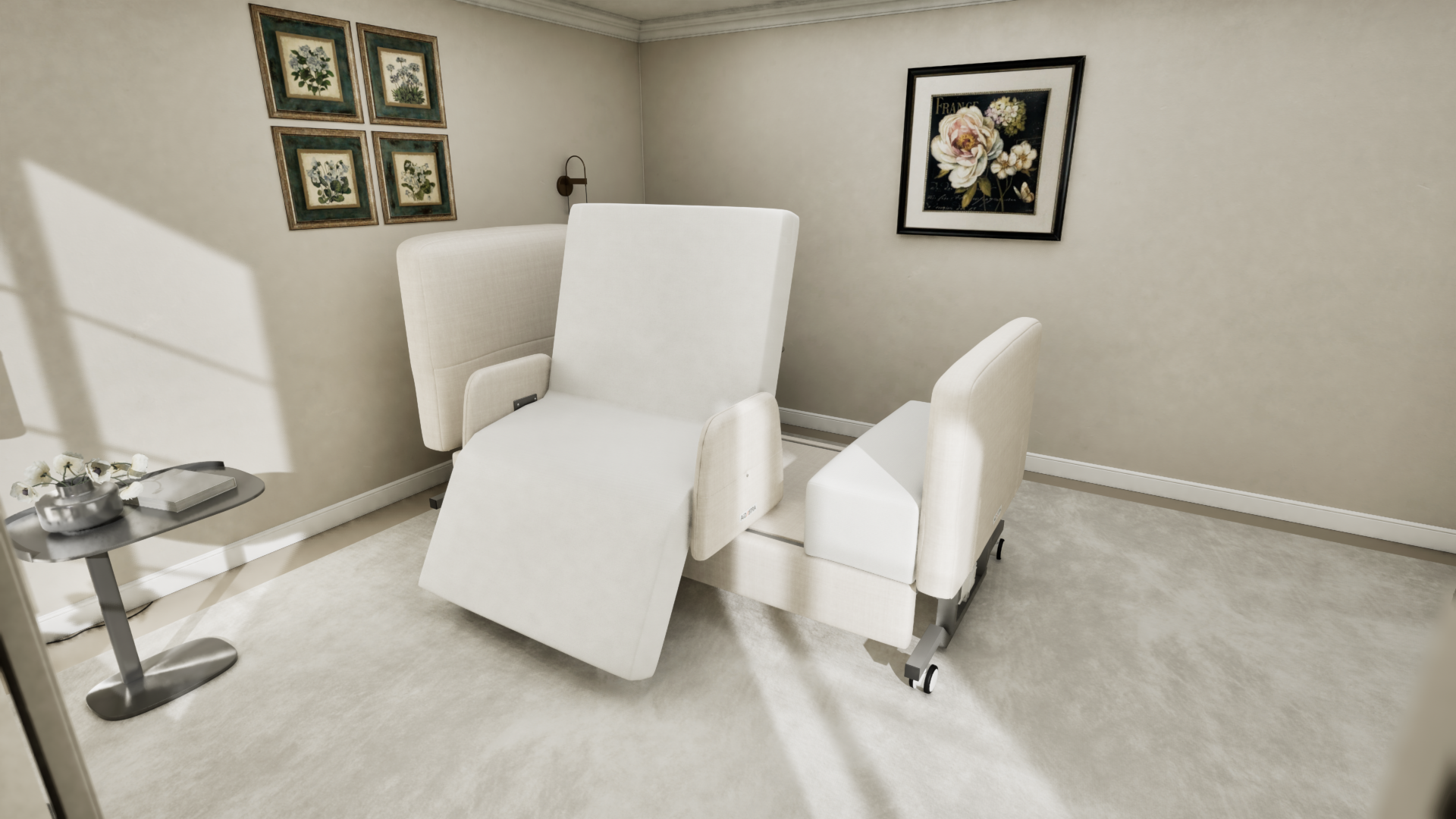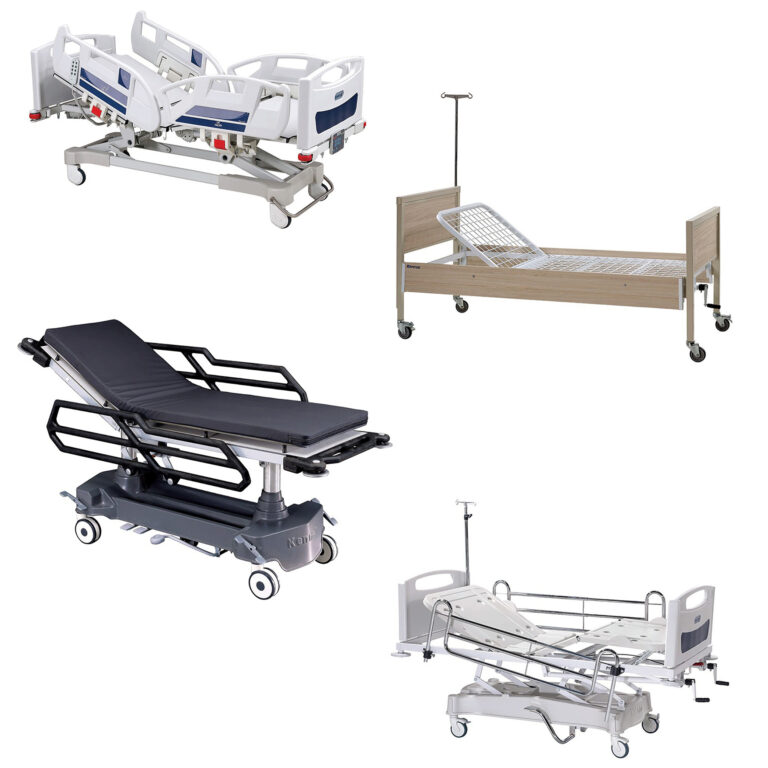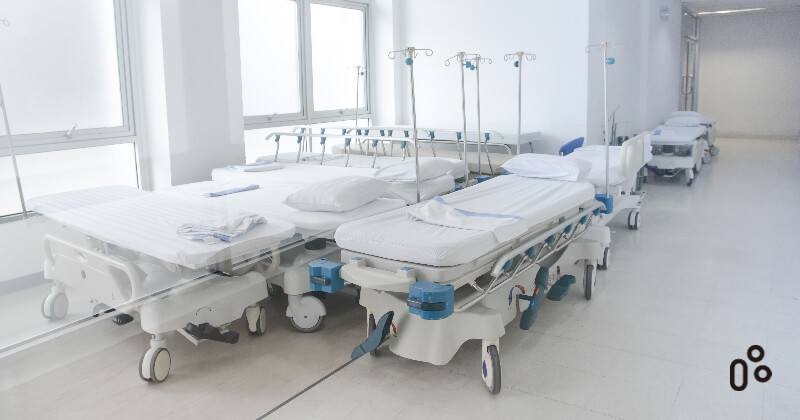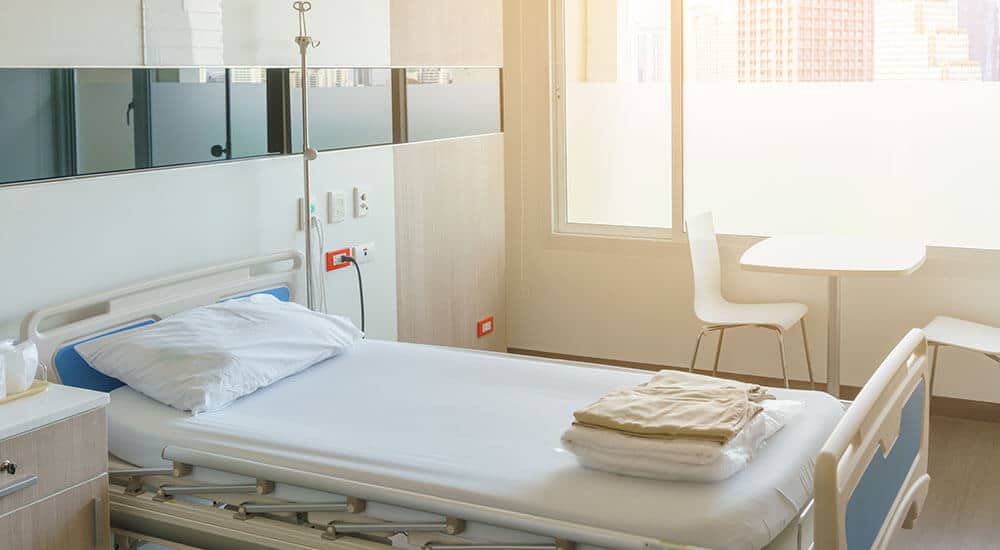3 Simple Techniques For Hospital Beds For Home Use
5 Simple Techniques For Hospital Beds For Home Use
Table of Contents6 Easy Facts About Hospital Beds For Home Use ExplainedHow Hospital Beds For Home Use can Save You Time, Stress, and Money.Little Known Facts About Hospital Beds For Home Use.Some Known Details About Hospital Beds For Home Use 6 Simple Techniques For Hospital Beds For Home UseGetting The Hospital Beds For Home Use To WorkThe Facts About Hospital Beds For Home Use Revealed
There are three main types of healthcare facility beds: manual, semi-electric, and fully-electric. These beds make use of hand cranks to adjust the bed's elevation and raise and reduce the head and the foot.
Semi-electric beds have an electric motor to raise and lower the head and foot portions of the bed. Individuals and caretakers readjust the positioning by pushing buttons making use of a hand necklace. The elevation of the bed is adjusted by hand with a hand crank. Full-electric beds have an electrical motor that can elevate the head and foot sections of the bed as well as the entire elevation and positioning of the bed.
How Hospital Beds For Home Use can Save You Time, Stress, and Money.
There are numerous kinds of healthcare facility beds, each created to fulfill specific patient requirements. Here are some usual types: This is the most usual kind of healthcare facility bed, designed for basic medical usage.
Reduced to the ground than a common bed. This type of bed is made for larger people, with a broader frame and greater weight capacity than a common bed.
This type of bed is designed for seriously ill people who call for open monitoring and specialized clinical equipment such as ventilators and mixture pumps. This sort of bed is made for use during labor and shipment, with adjustable settings and features to sustain the mother and infant throughout the birth process.
The Definitive Guide for Hospital Beds For Home Use
Several function and the accessories perform broadening traction to different components of the vertebra and the extremities without moving the human body. These are simply a couple of examples of the types of medical facility beds offered. The particular type of bed utilized will depend upon the patient's condition, clinical requirements, and other variables.
Below is the thing you require to recognize. A one-function hospital bed is a medical bed that permits a person to move only the head or foot section up or down. A 2 feature health center bed normally refers to a sort of clinical bed that has 2 adjustable features to assist people in healthcare facilities or treatment facilities.

The 6-Second Trick For Hospital Beds For Home Use
A 7-function ICU bed is a sort of clinical bed that offers numerous flexible features to sustain critically unwell clients in an intensive treatment system (ICU) (hospital beds for home use). The seven features usually consist of: Backrest adjustment: The backrest can be changed to numerous angles to assist the client rest up or rest easily
Elevation modification: The bed can be raised or reduced to make it less complicated for patients to enter and out of bed, and for caretakers to give care. Trendelenburg position: The entire bed can be tilted to advertise blood flow and flow in the body. Reverse Trendelenburg placement: The bed can likewise be slanted in the contrary direction to promote blood circulation and circulation in the upper body.
1. What Dimension is a Hospital Bed? 2. Just how much Does a Healthcare Facility Bed Expense? 3. Why Do Health Center Beds Have Side Rails? 4. What Are The Main Healthcare Facility Bed Parts?. While more inexpensive than electric designs, these beds require exertion for modifications. The primary benefits of hands-on beds are their cost and reliability, as they do not depend on electrical power. The demand for manual initiative can be a restriction in circumstances where quick adjustments are required or where caretakers face physical challenges.
The 5-Minute Rule for Hospital Beds For Home Use
They are appropriate for patients who call for minimal rearranging for comfort or medical requirements. Semi-electric hospital beds supply a balance of guidebook and electrical controls. The head and foot areas are commonly readjusted with electrical controls, while the height is readjusted manually. These Check This Out beds provide an optimal happy medium in between manual and fully electrical choices, offering ease of usage without the full price of electrical versions.
Semi-electric beds are appropriate for individuals who require modest modifications to the head and foot areas however can manage without frequent elevation changes. This makes them an affordable service for those seeking convenience and comfort without the need for continuous repositioning. Fully electric medical facility beds include electric controls for seamless adjustments to the elevation, head, and foot sections.
Specialized medical facility beds, such as ICU beds, lasting care beds, and bariatric beds, are very carefully made to attend these details to specific medical needs. These beds use customized look after varied person teams, boosting both outcomes and comfort. In the complying with areas, we will certainly explore the major kinds of specialty healthcare facility beds, detailing their particular benefits and applications.
With years of experience in producing electrical straight actuators - hospital beds for home use and close partnership with the health care market, TiMOTION is well-positioned to supply dependable healthcare solutions. Our up and down incorporated business takes care of every action of the production process, from style to actuator assembly, ensuring we deliver extraordinary value and tailored services customized to your specific requirements
7 Simple Techniques For Hospital Beds For Home Use

To get more information regarding integrating these modern technologies into your products, call us today. Additional reading:.
Information is sourced from the Medicare Expense Report.

Hospital Beds For Home Use - The Facts
A health center bed is a bed designed particularly for clinical purposes. It is not only a location for people to rest, but likewise a system for clinical operations. Unlike average home beds, hospital beds typically have flexible attributes, which can facilitate medical staff to make various changes according to the demands of clients, such as altering the height, disposition, and assistance angle of the back and legs of the bed.